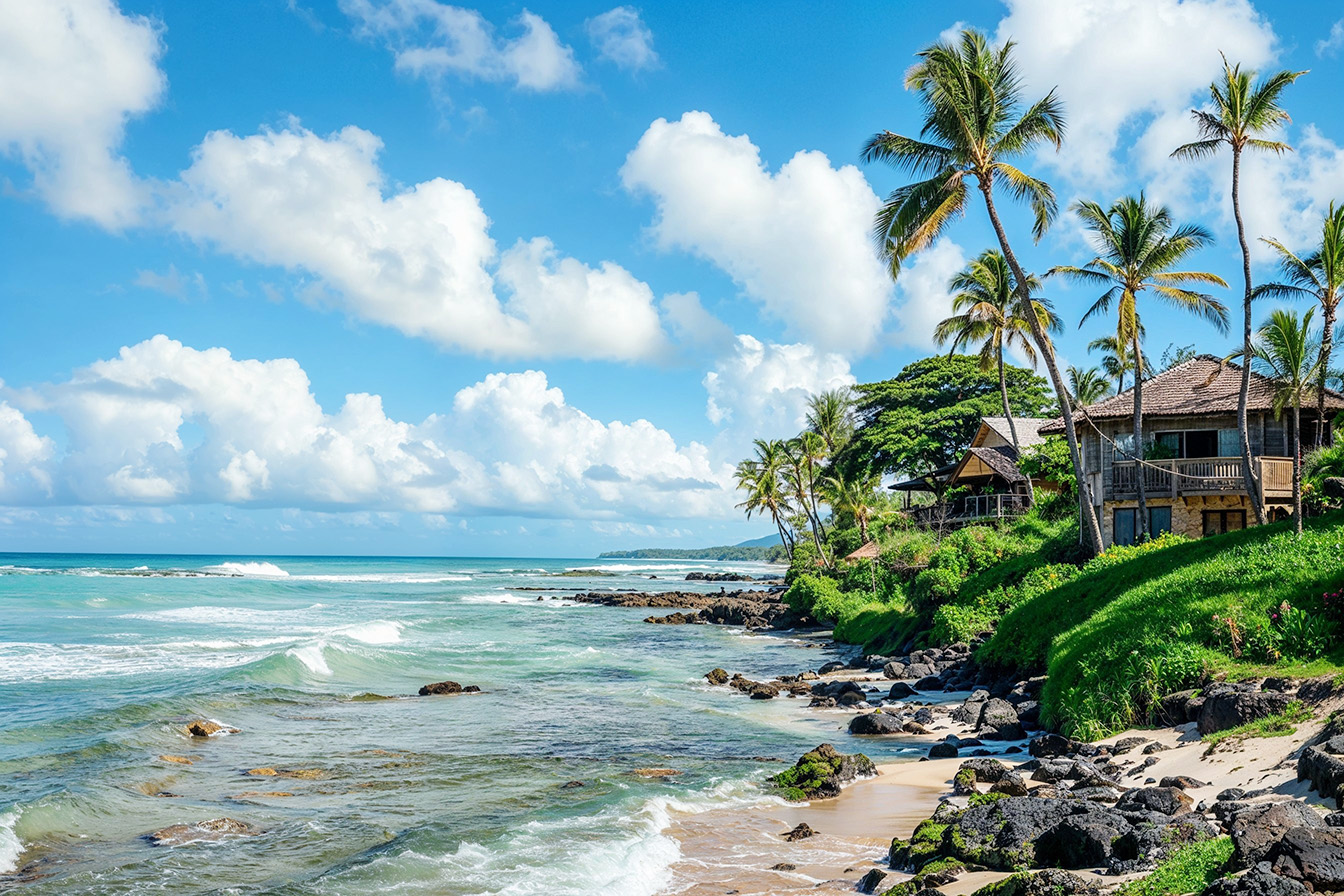The minimum annual income necessary to be considered middle class in each state is a topic of significant interest in the current economic environment. Hawaii has always been a dream location for people to live in the US, and this article will examine the income needed to be considered middle class in Hawaii in 2024.
Understanding these financial requirements becomes increasingly crucial as living costs have become so high in the past three years. Hawaii’s unique economic landscape, characterized by its idyllic beauty and high real estate costs, poses distinct challenges for residents and potential newcomers aiming for a middle-class lifestyle.
This article delves into the intricate balance of income, lifestyle, and expenses in the Aloha State, providing a comprehensive view of what it truly takes to thrive in one of the most expensive regions of the United States.
Understanding the Middle-Class Definition
The term “middle class” is broadly defined by the Pew Research Center as households earning between two-thirds to double the median household income of the United States.
However, this definition varies significantly when applied to different geographical locations, especially Hawaii, where living costs soar well above the national average.
Typically, the national middle-class income thresholds range significantly. Still, in Hawaii, these figures are skewed upwards due to the increased living expenses, making it essential to adapt these thresholds to local economic conditions.
The High Cost of Living in Hawaii
Hawaii holds the dubious honor of being the most expensive state in the US, driven primarily by its isolated geographic location and limited resources. Key factors contributing to this high cost of living include housing, the most significant expense for most households.
For instance, the average home value in Honolulu hovers around $800,000, starkly higher than many US cities. Additionally, everyday items such as groceries and transportation carry a higher price tag.
Groceries cost roughly 30% more than on the mainland due to dependence on imported goods, and gasoline prices are consistently higher, impacting overall transportation costs.
Income Requirements for Middle Class in Hawaii
According to a Consumer Affairs study, Hawaii tops the list of most expensive states in the US, with an annual income of $82,630 required to be considered middle class for a four-person household.
These figures are calculated based on the comprehensive living costs, from housing and healthcare to groceries and utilities, each significantly higher than most other states.
This elevated income requirement reflects the necessary earnings to cover basic needs and engage in leisure activities and savings, which are integral to a middle-class lifestyle.
Comparison with Other High-Cost States
Similarities and differences emerge when comparing Hawaii’s income requirements with those of other high-cost states like New York and Washington, DC. DC and New York also demand high incomes to maintain a middle-class lifestyle, with annual needs just slightly below Hawaii’s. D.C. is tied with New York in second place at $81,396.
However, despite similar income requirements, the composition of expenses differs; for example, housing in New York City may be comparable to Honolulu, but other costs, like healthcare and transportation, can vary.
Factors Influencing Middle-Class Income Levels
Several broader economic factors influence the income levels needed for middle-class status in Hawaii. These include the availability of well-paying jobs, which tends to be more limited in Hawaii than mainland states, and local economic policies that affect taxation and housing costs.
Economic indicators such as inflation rates, the job market’s health, and population growth also play critical roles in determining these income thresholds by directly impacting the cost of living and wage levels.
Challenges to Achieving Middle-Class Status in Hawaii
Achieving and maintaining middle-class status in Hawaii presents numerous challenges. Wage stagnation amidst rising living costs makes it difficult for many residents to keep up with expenses.
The volatile job market, particularly in tourism-dependent economies like Hawaii’s, further complicates financial security. Residents often face a significant disparity between their incomes and the cost of essentials such as housing, driven by high demand and limited supply.
Key Takeaways
- Elevated Income Thresholds: Financial benchmarks for middle-class status in Hawaii significantly surpass those of most US states due to extraordinarily high living expenses.
- Geographic Premium: Hawaii’s isolated location contributes heavily to its steep living costs, notably in housing and daily necessities like food and fuel.
- Income Comparisons: Similar to other costly areas such as New York and Washington, DC, Hawaii’s breakdown of real estate expenses presents unique financial challenges.
- Economic Dynamics: Local job availability, financial activities, and policies greatly influence the income needed to sustain a middle-class lifestyle.
- Barriers to Stability: Residents face numerous hurdles in achieving a secure middle-class life, with income often struggling to match the pace of escalating costs.
Conclusion
Delving into the financial requisites for middle-class existence in Hawaii reveals complex economic demands, emphasizing the necessity of a substantial yearly income to navigate the high costs characteristic of the island.
For those contemplating a move or seeking to understand the fiscal realities of life in Hawaii, this exploration offered crucial insights into the income needed for maintaining a stable, comfortable living standard.
The minimum annual income required to qualify as middle class in Hawaii reflects the state’s high cost of living and underscores the economic challenges residents face.
Understanding these dynamics is crucial for individuals planning their finances. This insight into Hawaii’s financial landscape is critical only for current and prospective residents. It offers a broader lesson on the impacts of geographic and economic factors on quality of life based on income. [1] [2]
